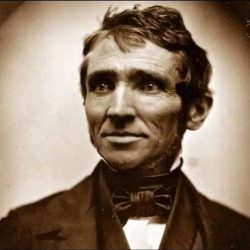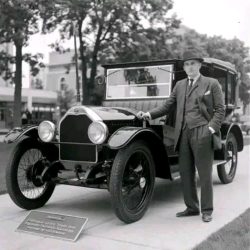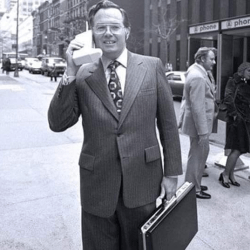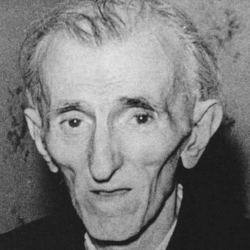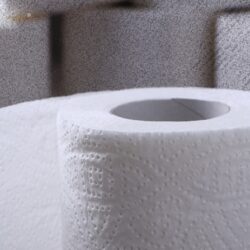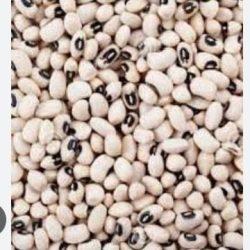The story of the ballpoint pen begins with a keen observation in 1930 by Hungarian inventor László József Bíró. While watching children play with marbles in a puddle, he noticed how the marbles left a trail of water behind them. This sparked the idea: why not use a ball-shaped metal nib to apply ink to paper?
Bíró shared his idea with his brother György, a chemist, and together they set out to revolutionize writing. The pair experimented tirelessly, eventually developing a pen with a small ball at the tip that rotated freely in its socket. The key innovation was the use of viscous ink, which the ball controlled, ensuring the ink flowed smoothly while preventing it from drying out prematurely.
In 1931, they unveiled their creation at the Budapest International Fair, and in 1938, they secured a patent. However, commercializing their invention was delayed due to the onset of World War II. Forced to flee to Argentina, the brothers set up a workshop in a garage and continued refining their pen. Initially, high production costs hindered widespread success, but a pivotal contract with the British Air Force—who needed a pen that wouldn’t leak at high altitudes—boosted the pen’s popularity.

In 1943, the Bíró brothers sold the licensing rights to Eversharp Faber in the United States for $2 million. Seven years later, Marcel Bich, a French businessman, bought the rights to the ballpoint pen. He simplified the design and mass-produced it. Following the advice of an advertising expert, Bich dropped the “h” from his surname and launched the BIC Cristal in 1950.
The BIC Cristal, praised for its sleek, functional design, became an iconic product. To this day, over 20 million BIC Cristal pens are sold daily, and more than 100 billion have been manufactured since its debut, making it the best-selling pen in history.



